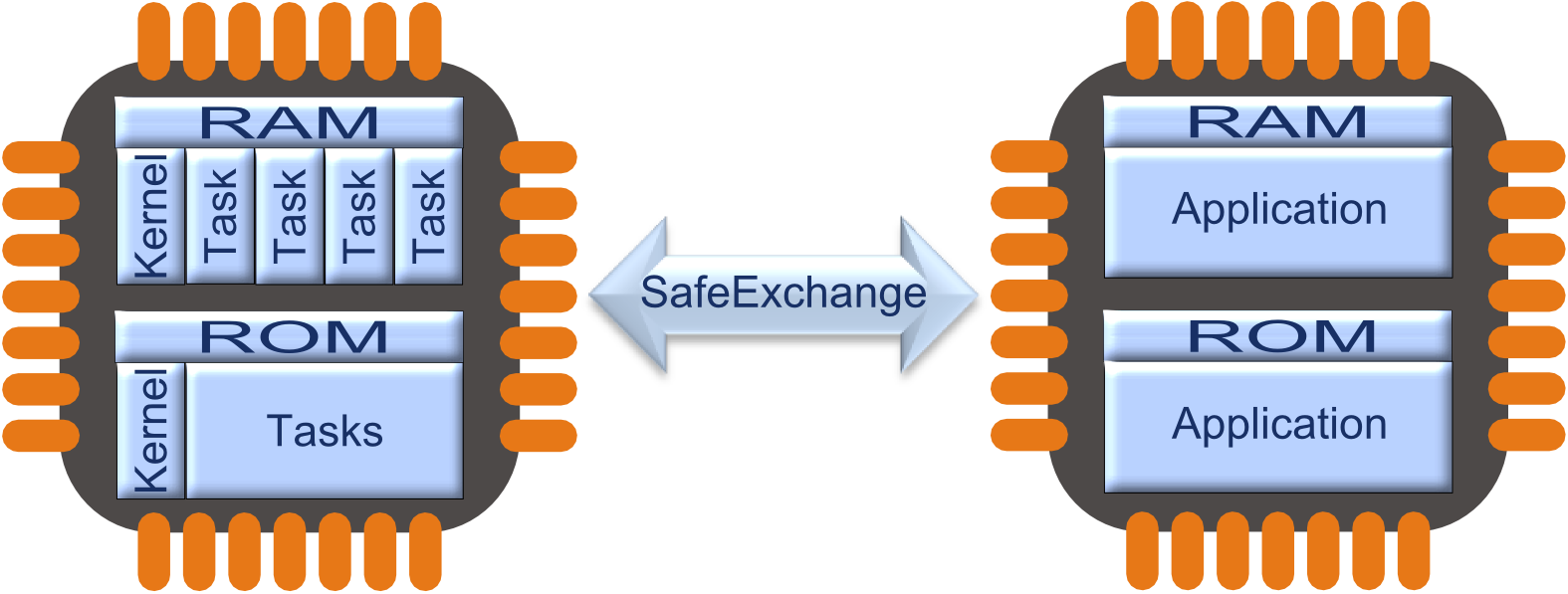| |||||||
|
SafeRTOS Usage Scenario #3Multiple Redundant System with SafeXchangeTM of Data

Why Use SafeRTOS in this Scenario?This scheme can be architected in a number of different ways, with the optimal solution depending on the problem domain. Below is a non-exhaustive list of examples chosen to demonstrate the diversity of options:
|
[ Back to the top ]
[ About FreeRTOS ]
[ Privacy ]
[ FreeRTOS+ Sitemap ]
[ Main FreeRTOS Sitemap ]
[
]
Copyright (C) Amazon Web Services, Inc. or its affiliates. All rights reserved.


